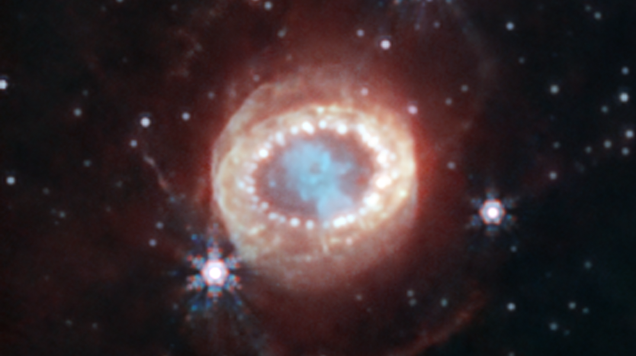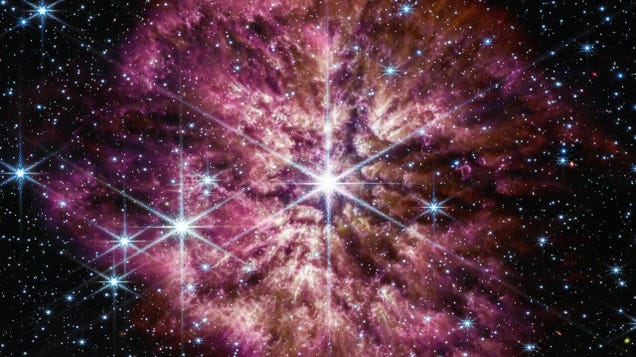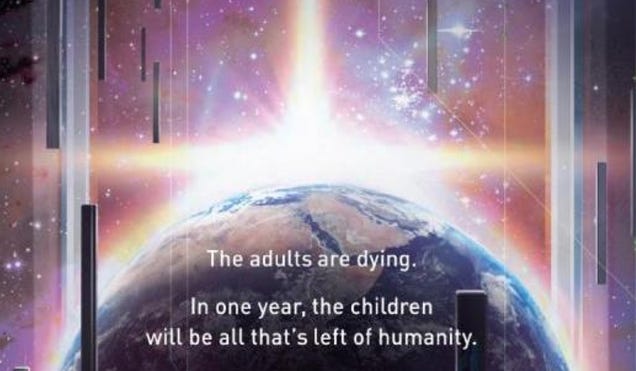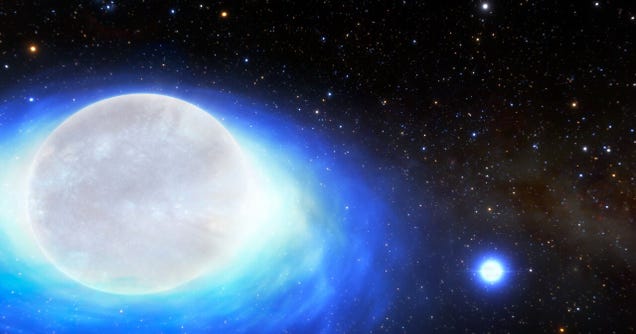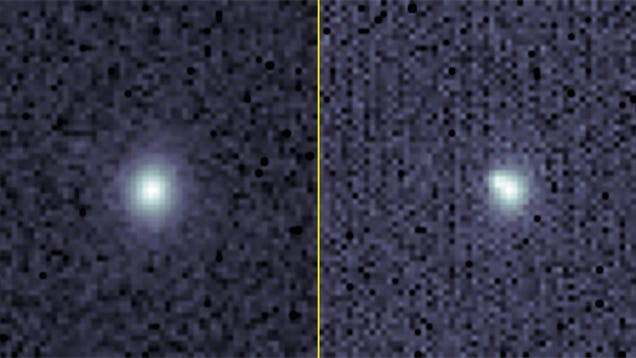
You can add supernova spotting to the laundry list of accolades attributed to artificial intelligence. This week, a collaboration of astronomers led by Northwestern University said they have developed the world’s first AI-assisted, fully automatic supernova detection, identification, and classification system. The…

